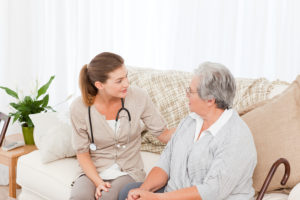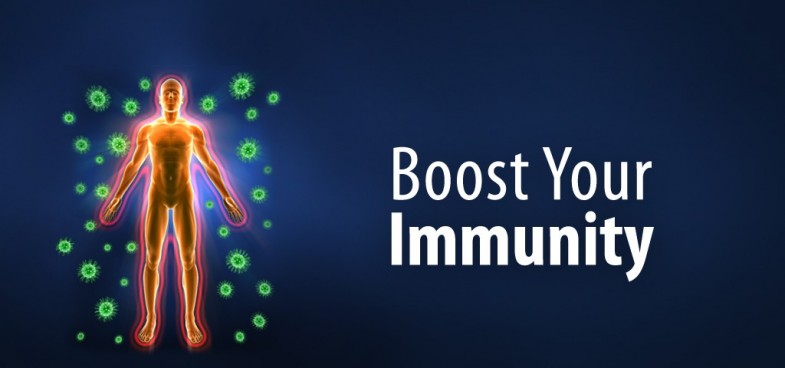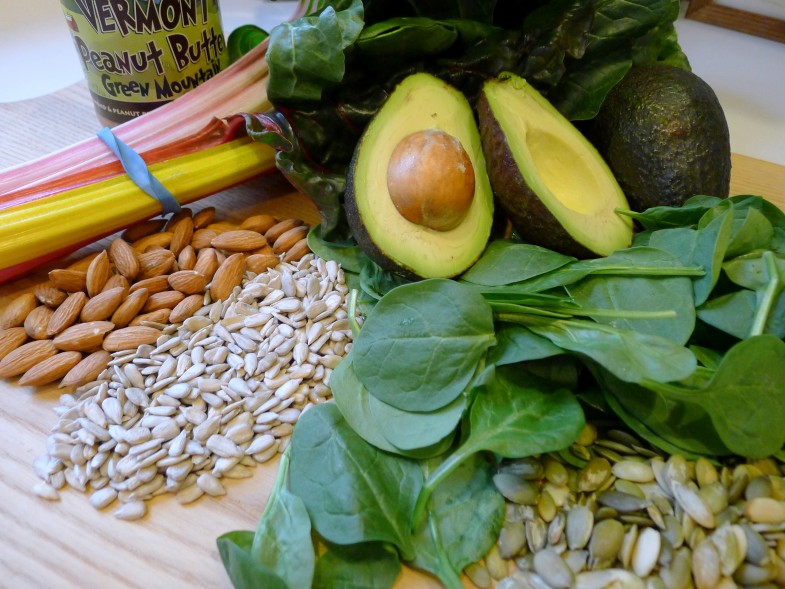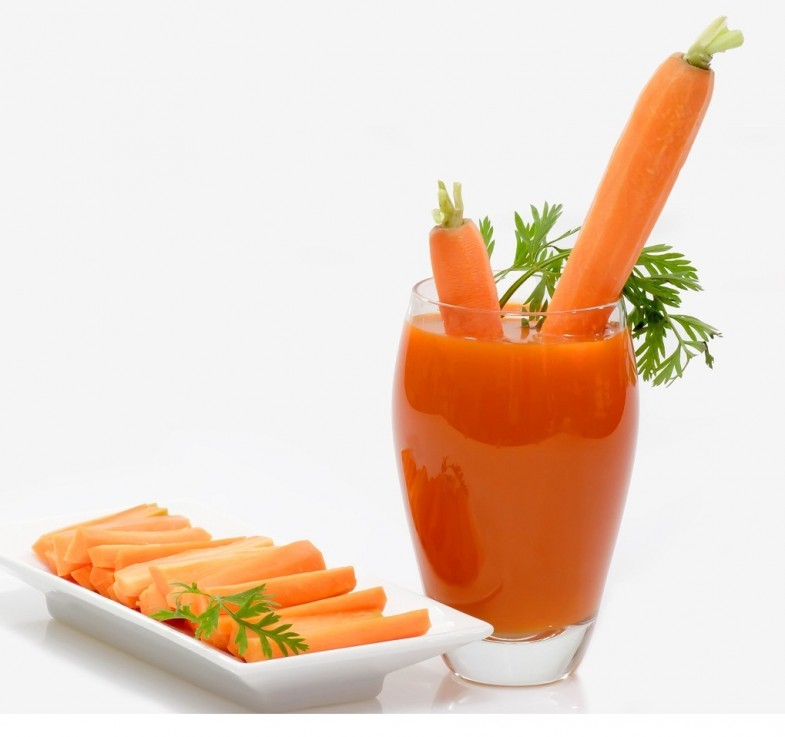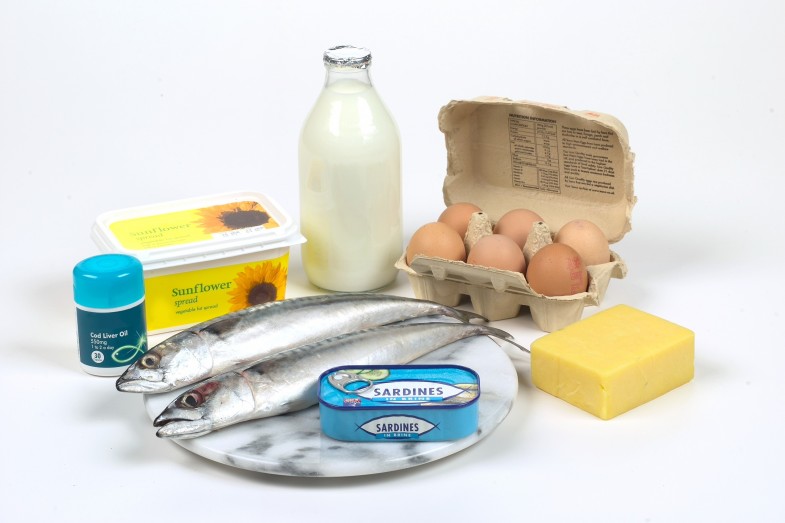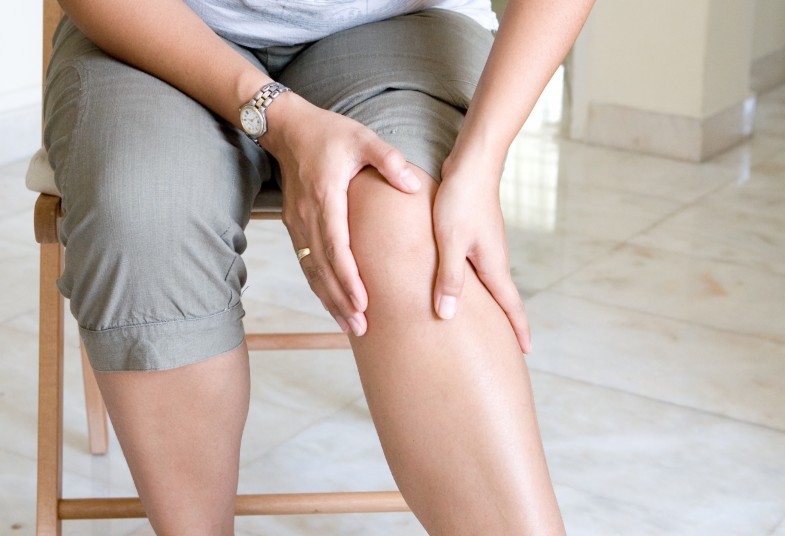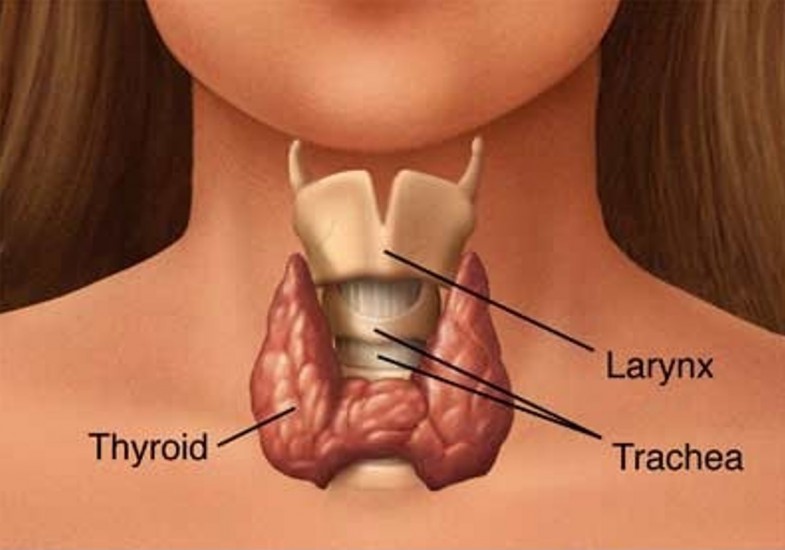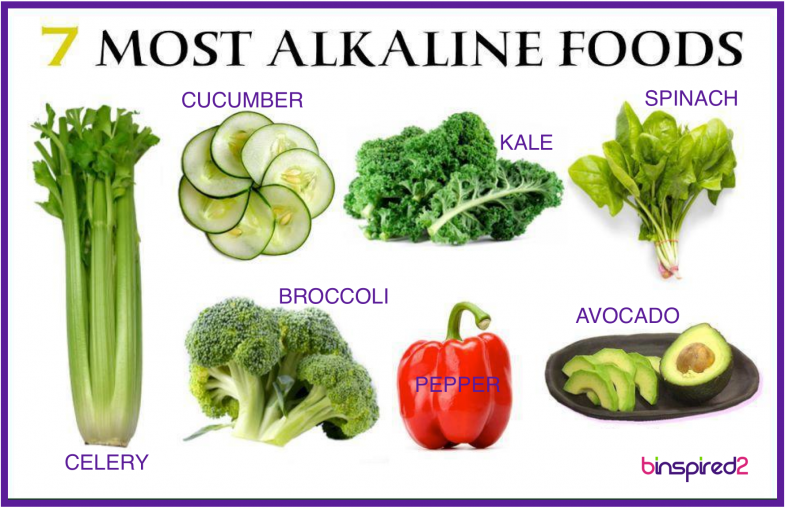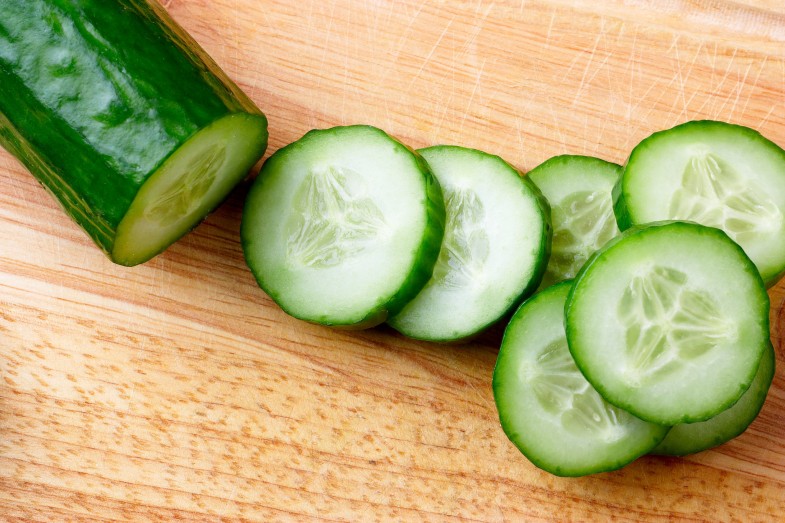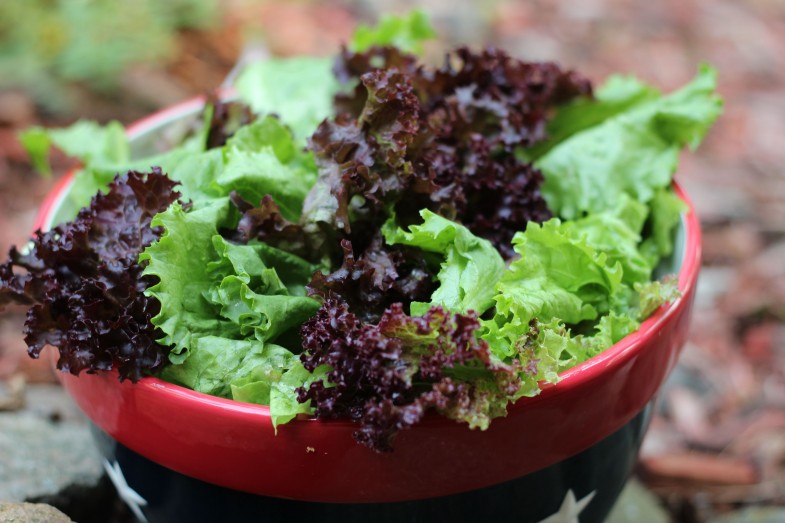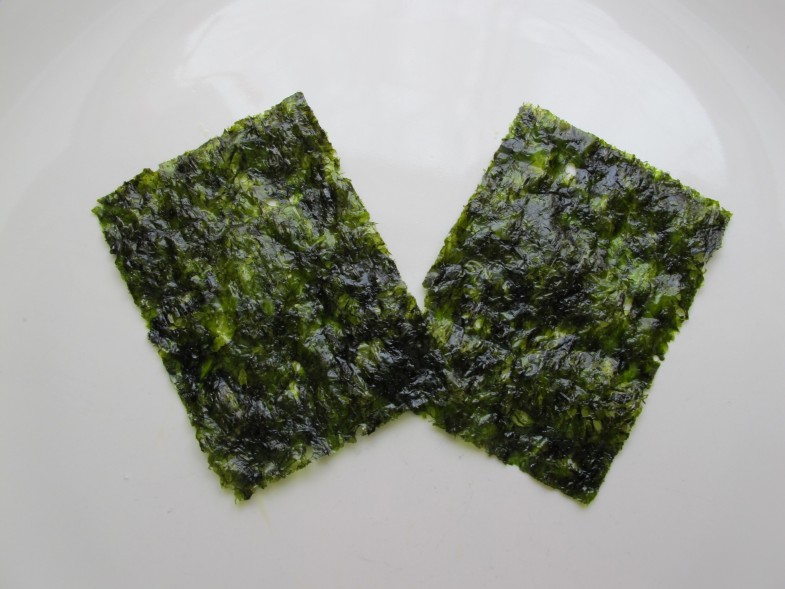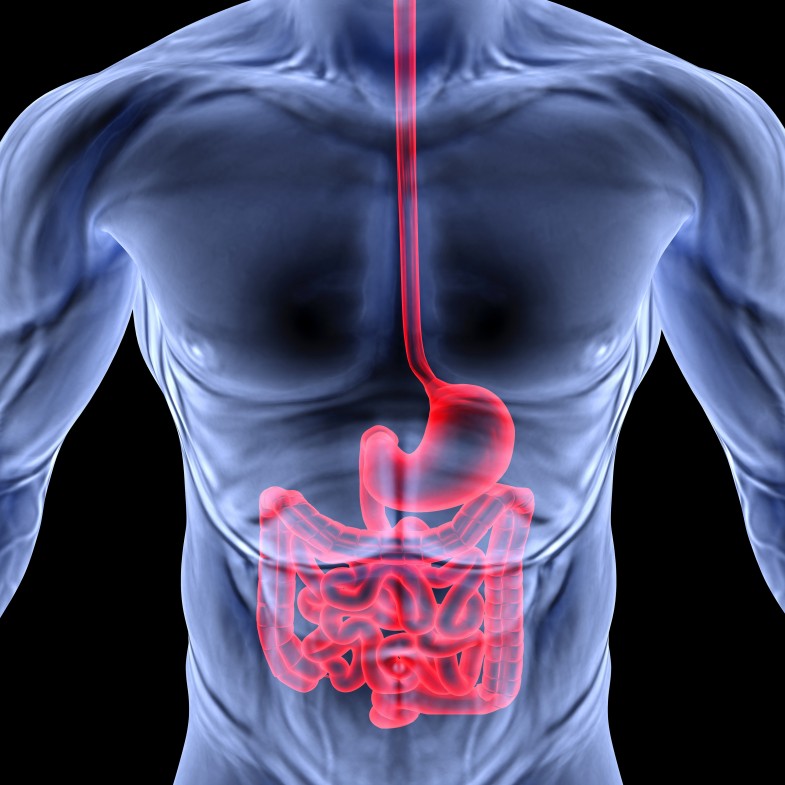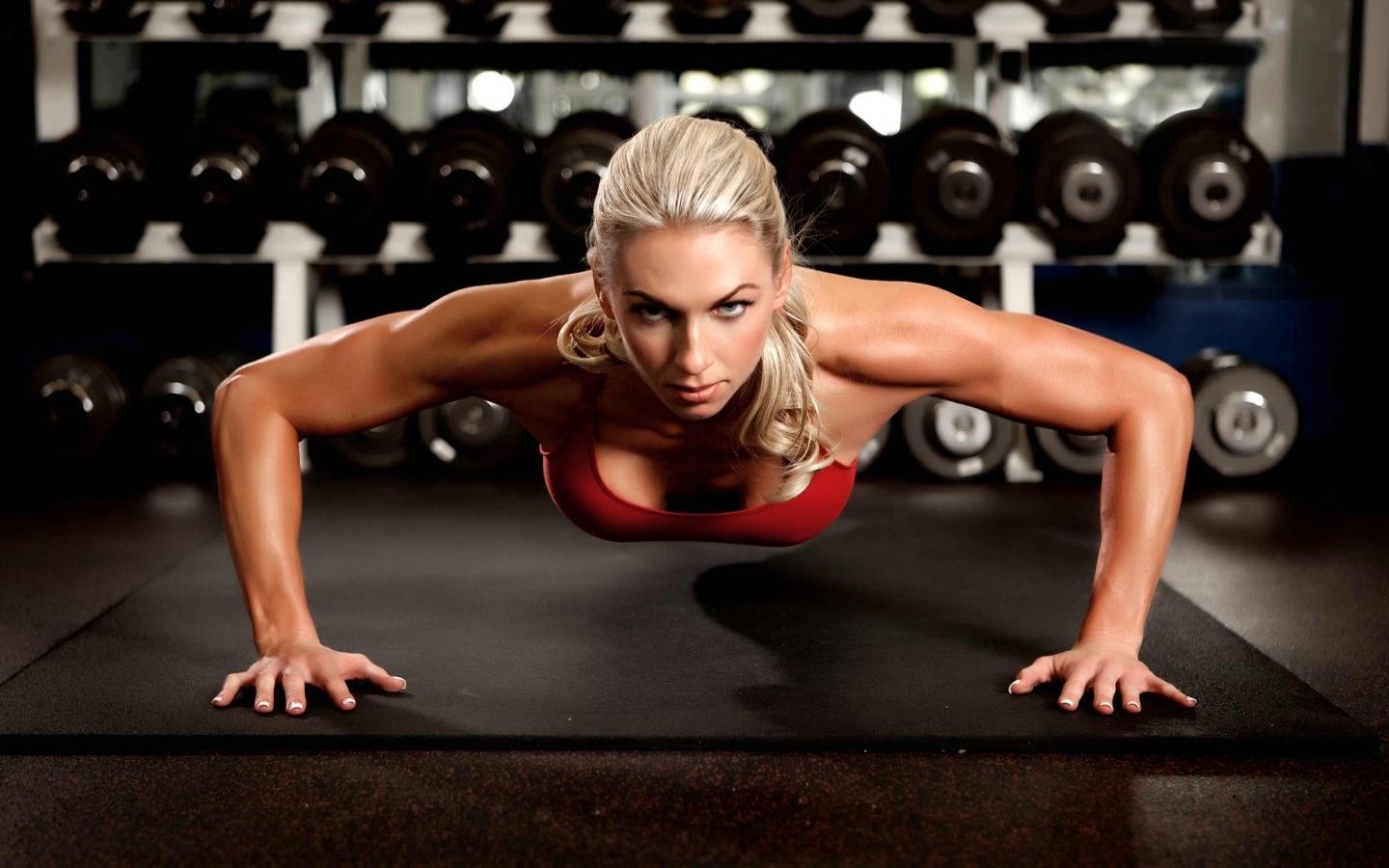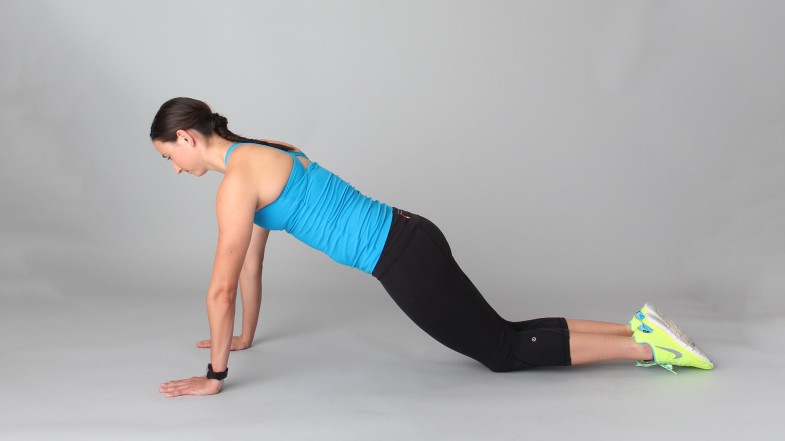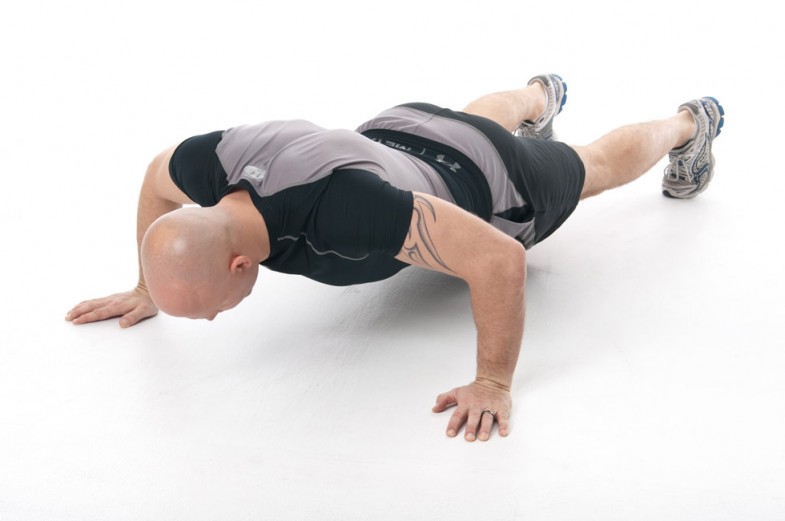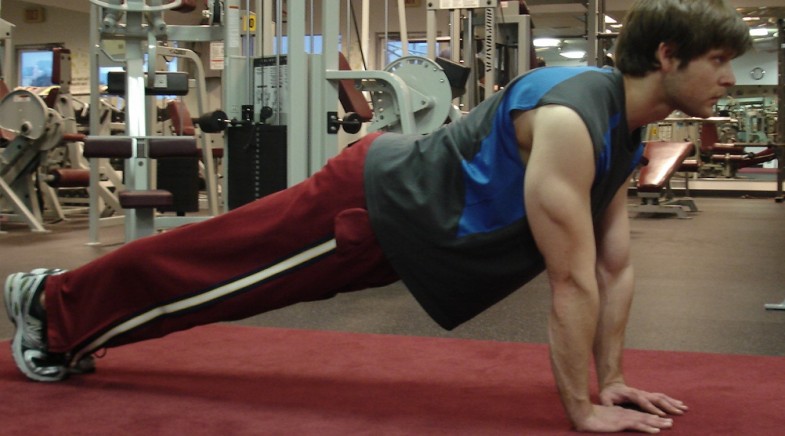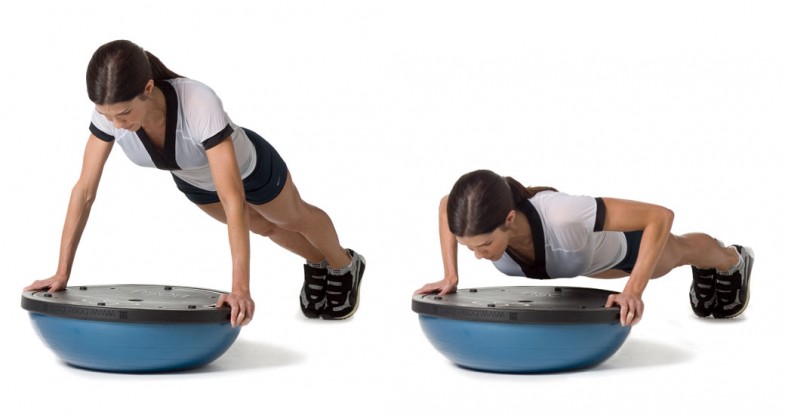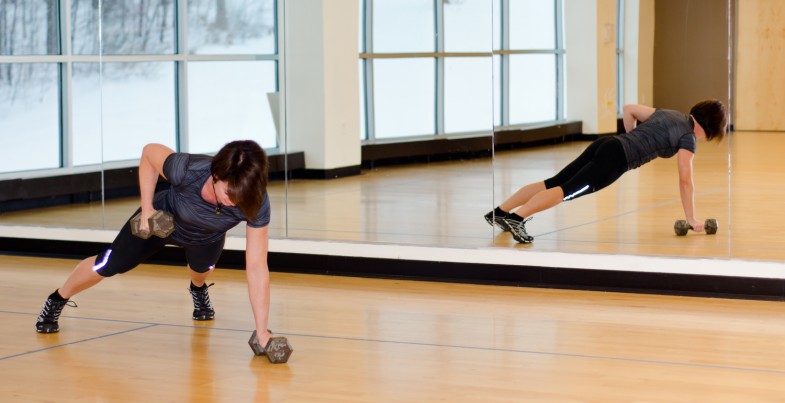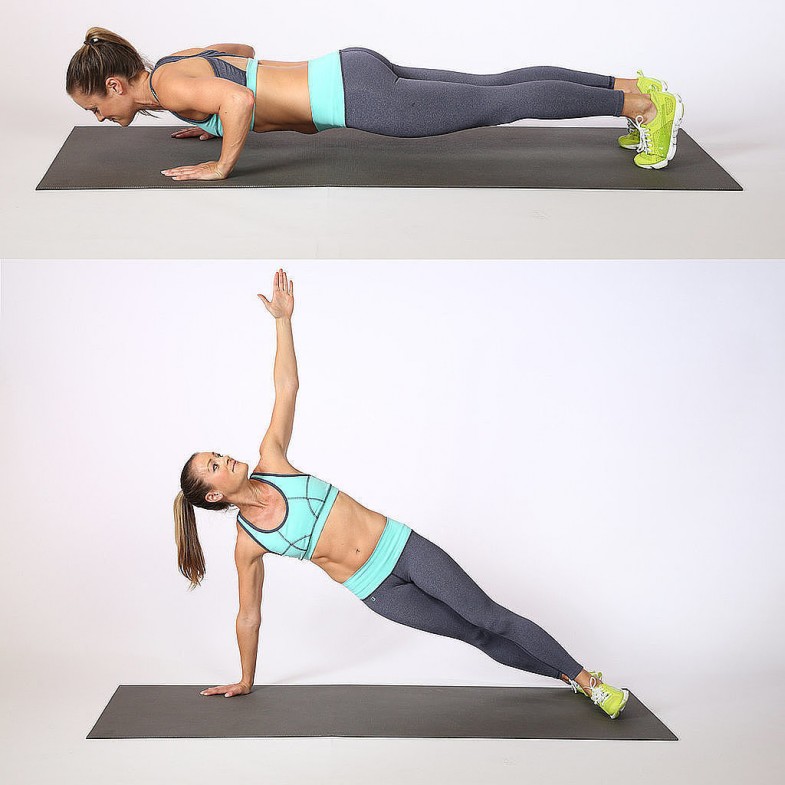
If someone were to ask you which is cleaner or has the fewest germs, the grocery store you like to frequent or your toilet at home that you frequently visit, how would you answer?
Many people find it gross or unclean to have one’s dog lick them in the face, but they have no qualm kissing someone else, but they are shocked when they learn that dog’s mouth is cleaner than most people’s mouths. Years ago, I worked as a manager at a large retail store. Our security guard was bitten in the shoulder by a female shoplifter he was trying to stop. The bite infected and left his arm around 75% useless. His doctor told him that humans have far more germs and dangers lurking in their mouths than our dogs do, and that’s taking into account the fact that dogs always lick their privates.
Well, a recent study says that many of our grocery stores contain more germs and bacteria than found on our toilets at home.
Many grocery stores have sanitizing wipes for hands near where they keep their shopping carts, but the carts are not the source of the germs found in our grocery stores. Dr. Charles Gerbia, also known as Dr. Germ, is a professor of microbiology and environmental sciences at the University of Arizona, located in Tucson. He was asked to list the top ten ‘germiest’ items or places in our grocery stores. You may not be shocked by #1 on the list, but you will probably be shocked and perhaps horrified to learn the other top 9.
- Shopping carts – “Since 80 percent of germs are transmitted with our hands, it makes sense that shopping cart handles are covered in bacteria. ‘The first thing I do is wipe the handle,’ says Gerba. Take advantage of the sanitizing wipes at the entrance to the store and do the same, or carry your own wipes.”
- Shopping cart child’s seat – Just think about the dirty and leaky diapers along with drooling toddlers and more. Many ladies set their purses on the child seat without realizing where else or what else the purse has sat on. One may want to wipe off child’s seats before placing their produce on the seats.
- Produce aisle – “‘I don’t know anyone who buys produce without squeezing or touching it,’ says Gerba. Cuts or tears in produce provide an open door for germs to enter, so Gerba recommends choosing produce that is not cracked, split or opened in some way. While you’re in the produce aisle, pick up some extra plastic baggies.”
- Meat & seafood counters – Gerba recommends to never buy a package of meat or seafood that isn’t cold or has been torn or poked open. He also recommends double bagging meat and seafood and to make sure it’s kept separate from produce.
- Canned & boxed goods – “NSF International, a public health and safety organization, advises shoppers to check all canned and boxed goods for damage. Never buy swollen, leaking or damp cans — that can be a sign that the product is contaminated with bacteria, including the Clostridium botulinum that causes botulism. Also, avoid products with rips or punctures in packaging. These are gateways for germs. According to Gerba, as long as the packages aren’t damaged, most canned and boxed goods should be safe, though he does recommend wiping the tops of canned goods before opening them.”
- Self-checkout touch scanners – Most of us have used them. We’ve entered produce codes or number of something, as well as method of payment. Now for the shocker – “A disturbing 50 percent of self–checkout touch–screens had fecal bacteria and some had MRSA (Methicillin-resistant Staphylococcus aureus, a staph bacteria that is resistant to many types of antibiotics normally used to treat staph infections) too, according to Gerba. ‘There are actually more antibiotic–resistant bacteria on these screens than in a hospital,’ he says. If you like to DIY, make sure to use hand sanitizer after you finish checking out.”
- Credit card screens – Realize that the same dirty fingers touching the self-check scanners are also touching the credit card screens. Enough said?
- Restroom faucet handle – Most of us wash our hands after we go to the bathroom, but realize that the dirty hands generally turn on the faucets before you wash them. After you wash them, you touch the same faucet handles that were just contaminated before washing.
- Re-usable bags – Do you take re-usable bags from home to put your groceries in? If you don’t wash them between rips to the store, think about all the contamination you’ve just read about, being placed in those bags each time you use them.
- Improper handling of food – “Sometimes shoppers inadvertently turn perfectly good food into a germ-fest by not handling it properly, says Gerba. Keep cold food cool and hot food warm by picking up refrigerated, frozen and hot deli items right before checking out. If it’s going to take more than an hour to get home, NSF International advises consumers to pack raw meat in a cooler — and keep the cooler in the passenger area of the car during warm weather.”
This wasn’t intended to make anyone paranoid, but it is a way that we can reduce our exposure to some of the germs that can make us ill. If you have a suppressed immune system like I do, that’s very important.
In closing this gruesome tour of your favorite grocery store, I can’t help but wonder if it wouldn’t be wise to wear disposable gloves like many in the medical profession wear. They may look strange and get strange looks from others, but your body may thank you.

